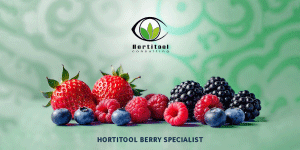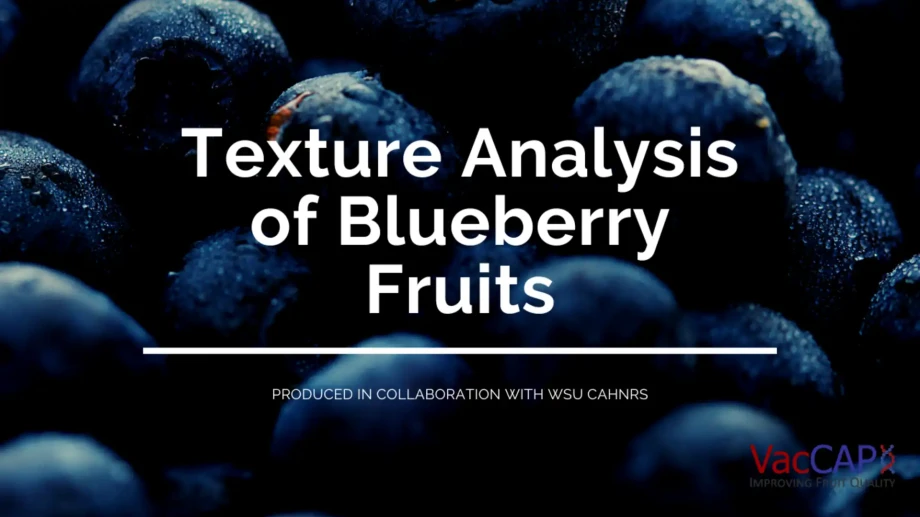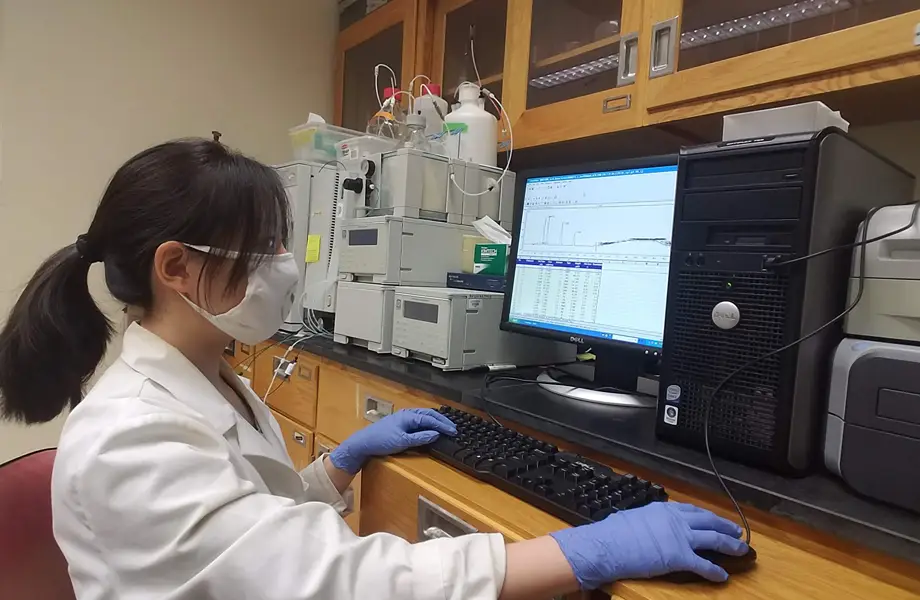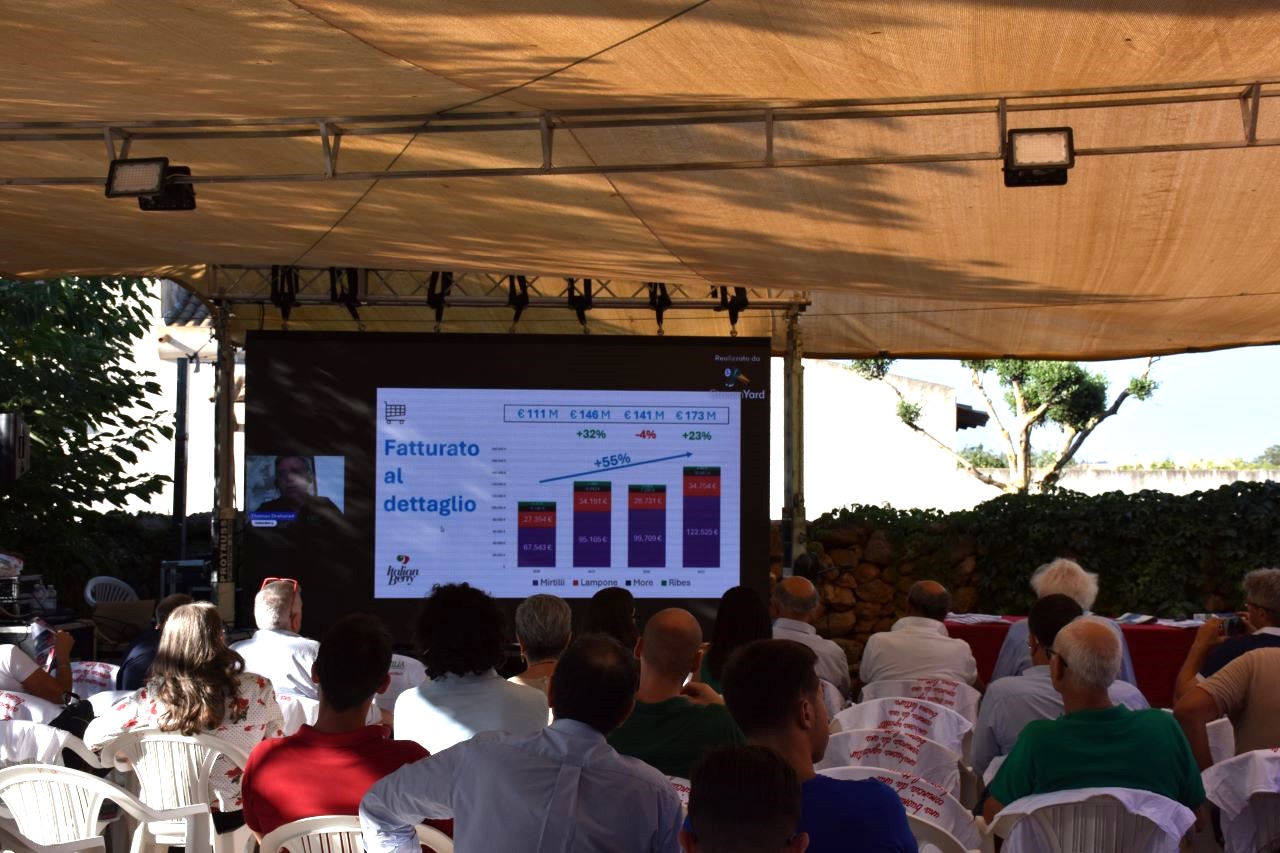Texture is one of the most critical attributes influencing consumer acceptance of blueberries. Studies consistently show that firmer, crisper berries are preferred over soft or mushy ones.
Beyond consumer appeal, texture also plays a decisive role in production efficiency: firmer fruit withstands the demands of machine harvesting, reducing labor costs and minimizing internal bruising.
At North Carolina State University, PhD student Heeduk Oh, under the guidance of Dr. Massimo Iorizzo and Dr. Penelope Perkins-Veazie, is investigating how advanced tools such as texture analyzers can provide deeper insights into blueberry firmness.
Texture analyzers and firmness
Unlike instruments that measure a single parameter, texture analyzers capture multiple mechanical properties. Using different probes, they record data on skin resistance, pulp strength, and overall resilience. These measurements are logged as force curves and then exported into Excel files for further statistical analysis.
The research highlights four key components shaping blueberry texture:
Force at 1 millimeter depth and Young’s modulus, which quantify berry stiffness.
Maximum force (FM), the pressure required to break the skin, closely associated with sensory crispness and consumer preference.
Mean internal force (MIF), reflecting pulp resistance.
Distance to maximum force (DFM), indicating ductility and skin elasticity.
Application in breeding programs
Together, these factors predict not only eating quality but also how fruit texture evolves during storage. For example, FM is strongly linked to perceived crispness, while higher DFM values correlate with reduced softening over shelf life.
Since blueberry texture is genetically complex and not yet amenable to molecular markers, phenotyping remains the most effective selection method for breeders.
By integrating texture analyzers with tools like barcode scanners, calipers, and scales, researchers can streamline data collection and accelerate breeding programs.
Improving fruit quality
Ultimately, measuring multiple texture components provides a more accurate understanding of blueberry quality—helping growers, breeders, and retailers meet both consumer expectations and industry demands.
Fonte: The Vaccinium Coordinated Agricultural Project (VacCAP)










